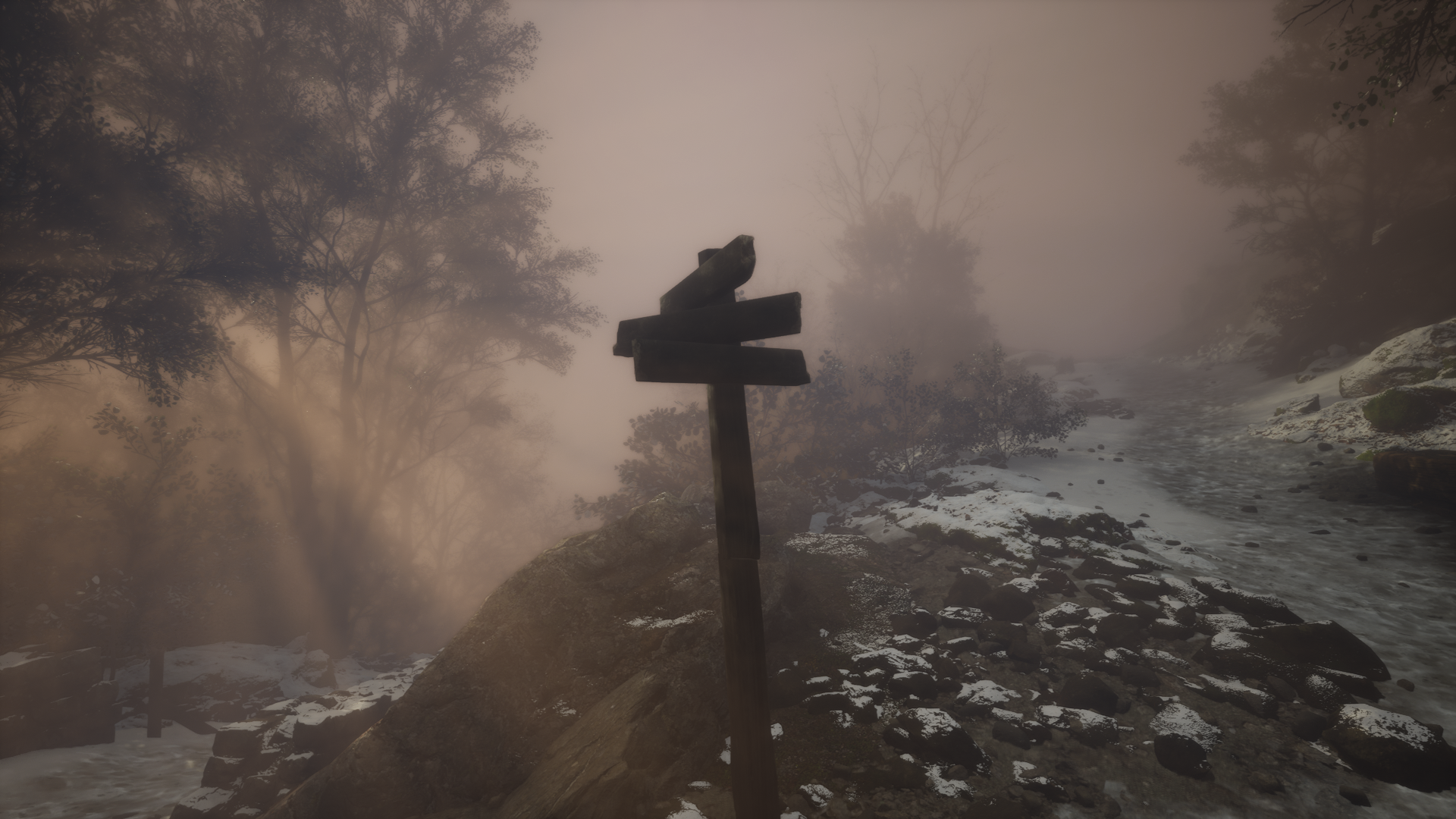10 travel photography essentials: key photography accessories for travel
We've put together a list of 10 items we think are essential for taking photos on the go, from flashguns to tripods
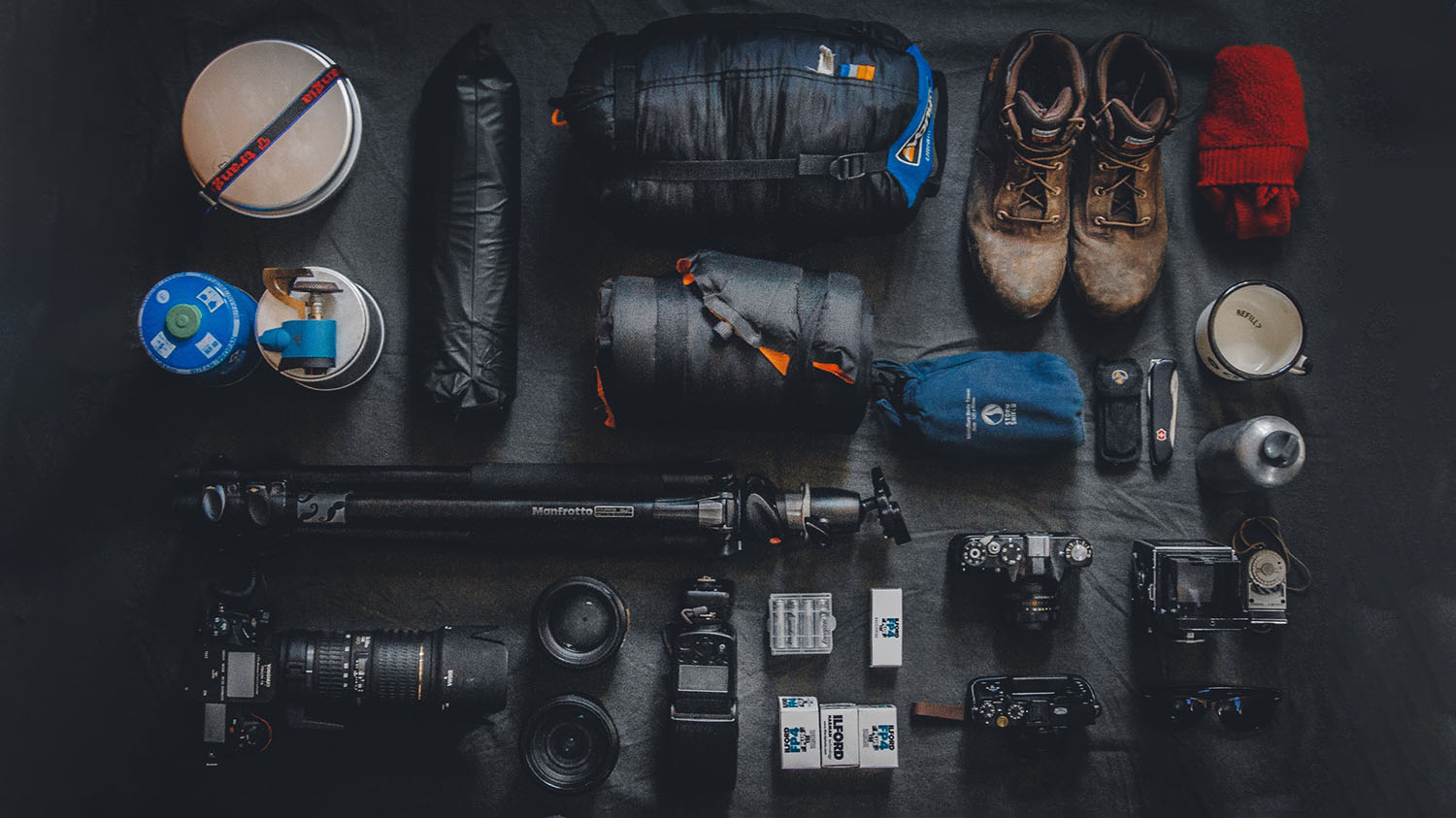
For any photographer who spends a lot of time traveling, minimizing kit and therefore weight is a must. There are so many bits of kit it would be great to carry around at all times, but realistically, it’s just not possible to take everything.
Whether traveling long term, going on holiday for a few weeks or having a weekend away, making sure your kit bag has the absolute essentials will ensure you can still take stunning pictures, without breaking your back.
It’s never easy trying to decide what lenses to pack or whether or not to take a tripod. Trying to pack for every eventuality is hard and it's easy to spend hours packing and repacking your kit bag with everything you'll need.
To help you along the way, we've put together a list of the bare minimum you should have in your kit bag as a traveling photographer. So whether you get booked for a portrait shoot or tasked to capture behind-the-scenes shots for a restaurant, you’ll have the kit you need with you.
We haven’t included a camera in this list as that’s pretty much a given and very much down to personal choice, these items are the things in addition to a camera body you should pack.
1. A zoom lens and a fast prime
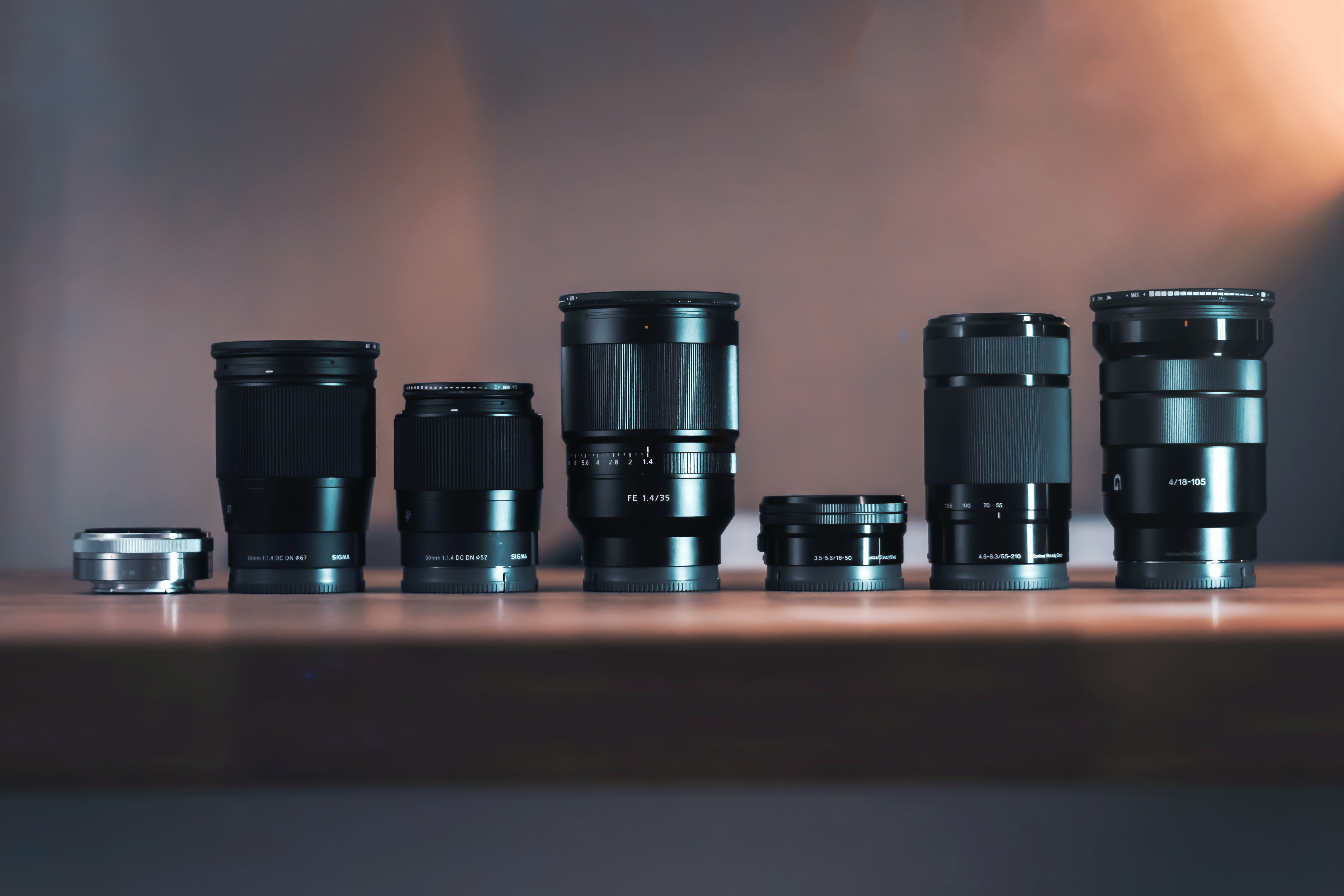
Choosing which lenses to pack is perhaps the most difficult part of packing for a trip. There are so many scenarios to think about and each lens has its own advantages. It’s a good idea to pack one zoom with a constant aperture such as the Sigma 28-70mm f/2.8 DG DN Contemporary and one prime lens with a wide aperture, for example, the Sony 50mm f/1.8 (these are the lens I use but you can switch them out for your brands equivalent.
The 50mm is great for taking detailed shots, portraits and achieving a really shallow depth of field while the 28-70mm is a good all-rounder perfect for landscapes, architecture, shooting from afar and getting more context into a background.
Get the Digital Camera World Newsletter
The best camera deals, reviews, product advice, and unmissable photography news, direct to your inbox!
2. A high-capacity power bank
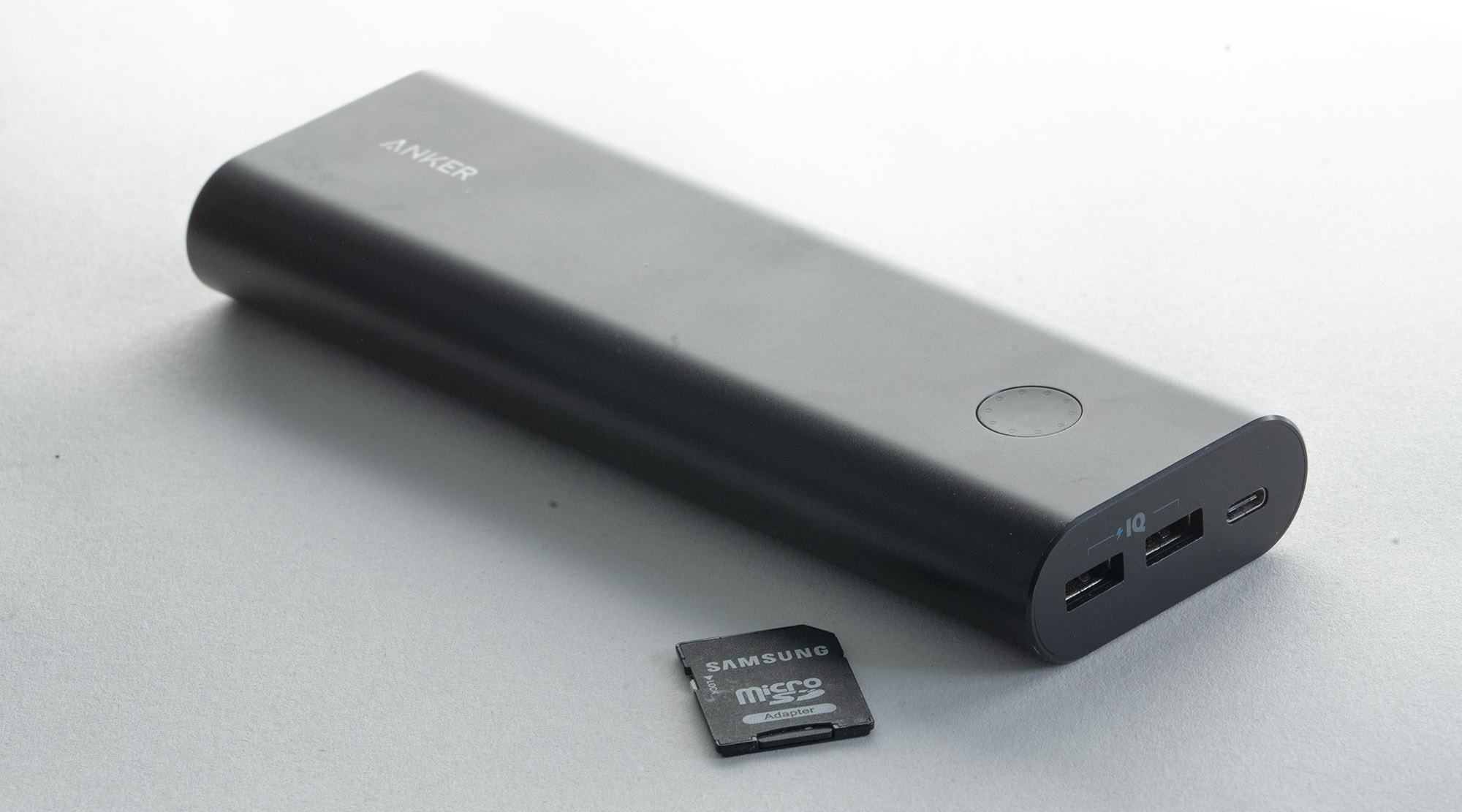
Most mirrorless cameras come with an in-camera charging feature that means you can use a power bank to charge it. Owning a high-capacity portable charger means that not only could you charge your camera, you can also charge your laptop and other gadgets. Check out the best laptop power banks, or the best iphone power banks, for options of different sizes.
3. Small speedlight with rechargeable li-on batteries
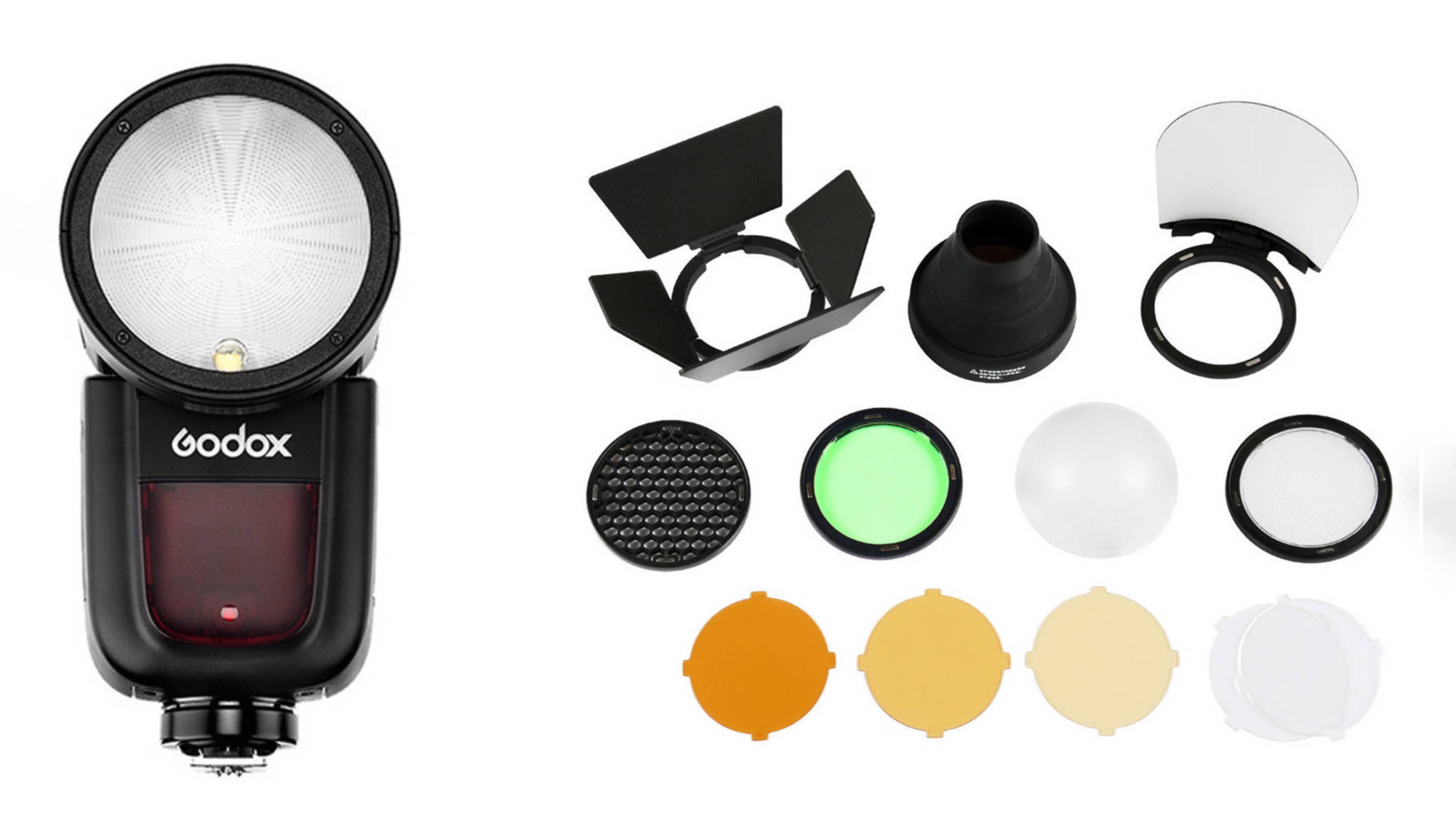
If you plan on shooting portraits, fashion or food photography, chances are you are going to need some sort of light source. It’s always a good idea to pack a flashgun – or an LED panel, if you’re not comfortable with flash photography. You never know what jobs you might get on the go or what might need extra lighting. Choosing a flashgun with rechargeable batteries often means you get more flashes out of one charge and you don't need to buy lots of AA batteries. My go-to flash for when I’m traveling is the Godox V1 or Godox AD200 with the Godox AK-R1 accessories pack so that I can bounce, diffuse and direct my light source.
Read more: Best flashguns
4. Reflector with reversible colors
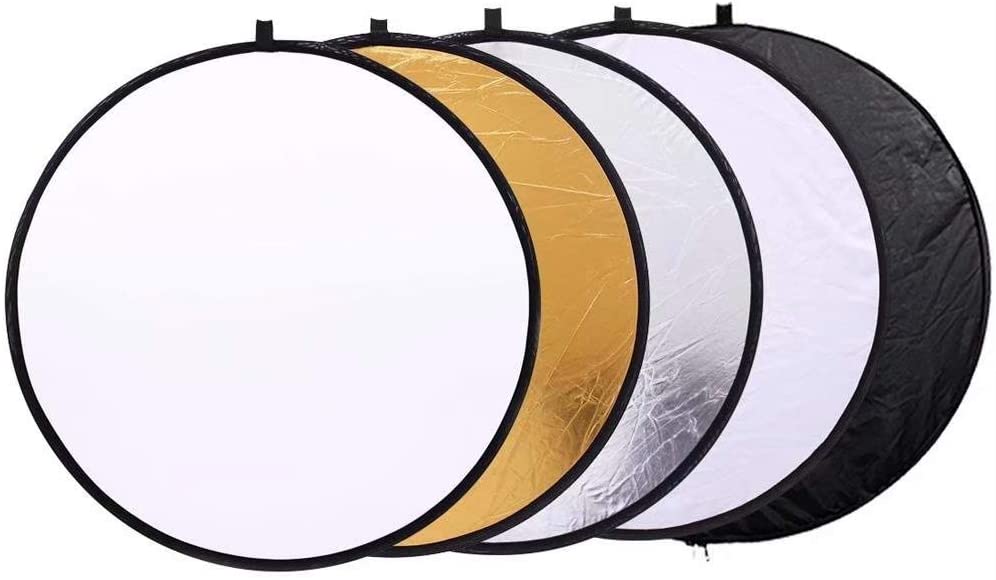
A collapsible reflector is a great item to keep in your backpack. They're a great way of mimicking two light sources without having to carry (or invest in) two lights. Reflectors generally come in four different colors, gold, gold/silver, silver, white and black. Each color has its own use so it’s a good idea to get a reflector that is reversible so you can unzip and flip the colors accordingly. Silver gives a cooler light, gold is much warmer, white is good for diffusing light and black is good for absorbing light.
Read more: Best reflectors
5. Spare batteries
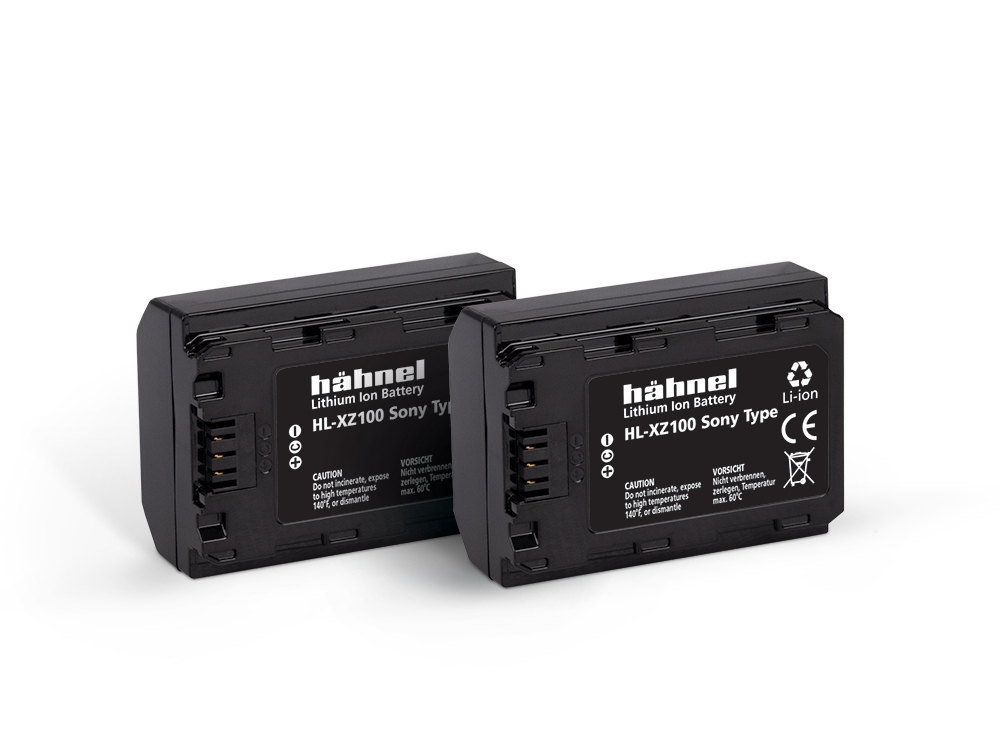
No matter where you’re going or what you’re shooting, spare batteries are essential for all your gadgets. Make sure they’re all charged up before you go so that you don't have to worry about charging them while you're out.
6. A laptop and charger
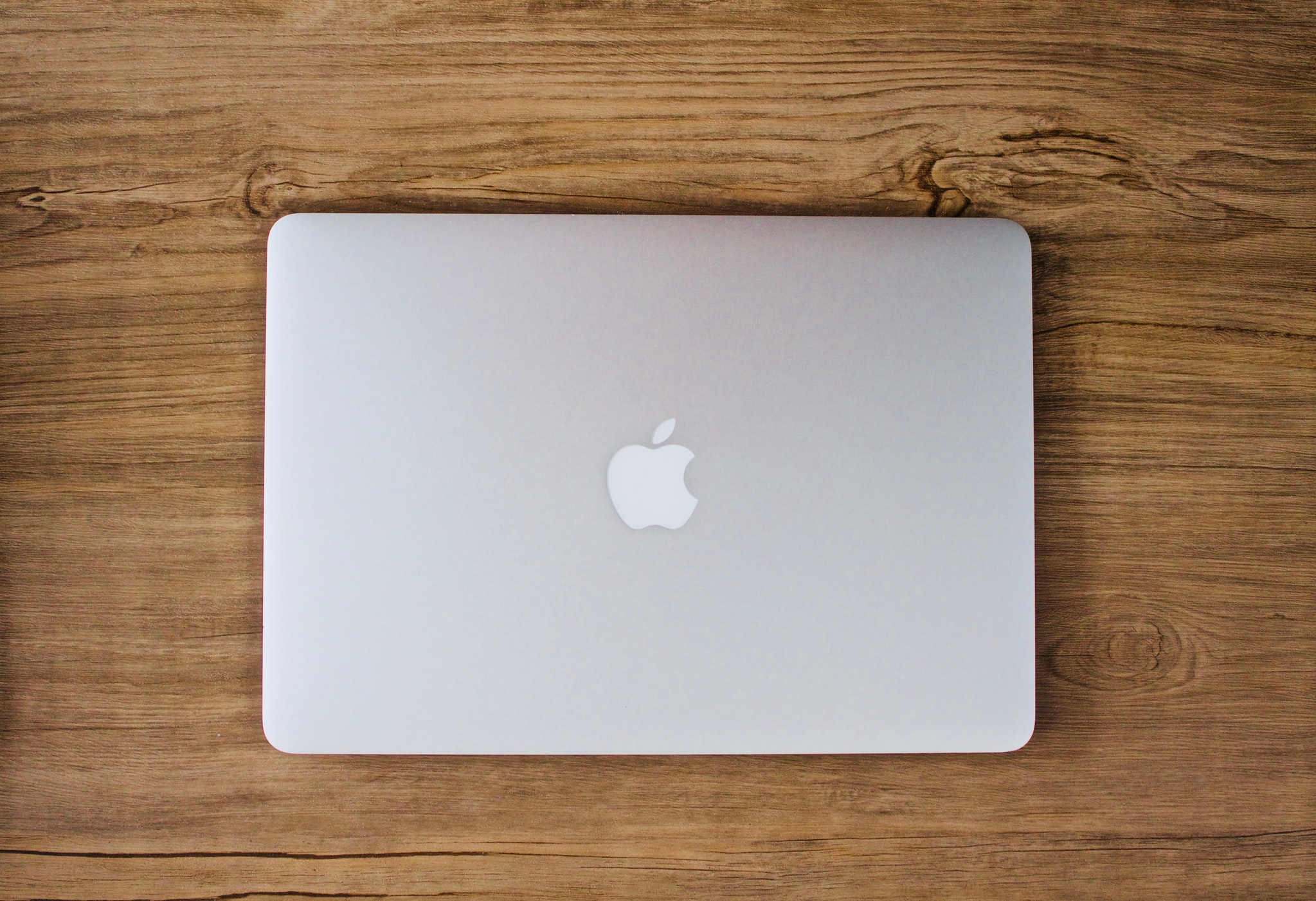
If you’re only going away for a leisurely weekend, you can probably get away with not taking a laptop with you. However, if you’re going away specifically for work or planning a trip that is more than a couple of weeks, it’s a good idea to take a laptop so that you can edit on the move and transfer images from your SD cards onto a hard drive.
7. A comfortable backpack
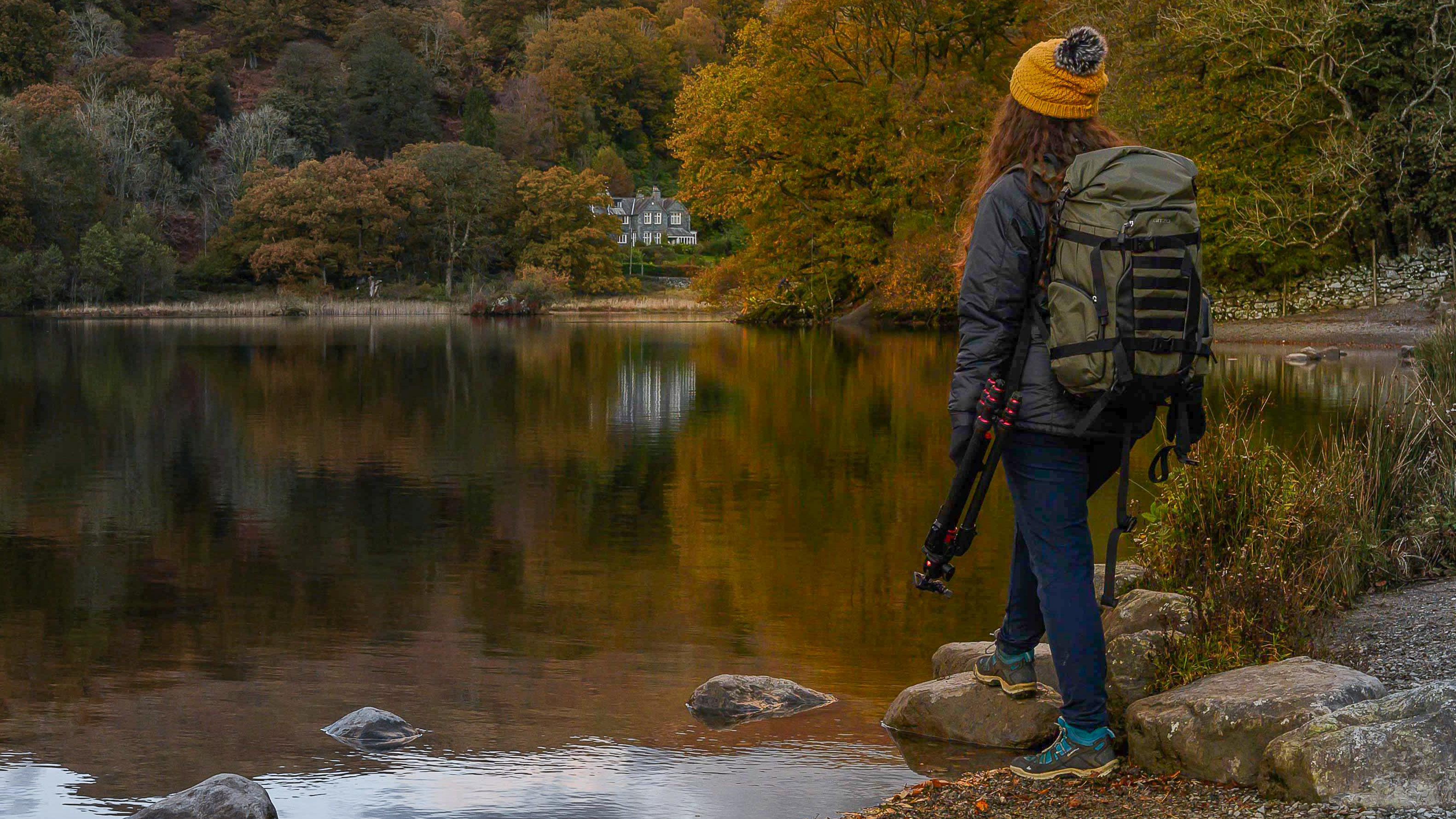
If you don’t have a comfortable backpack, regardless of what you pack or how much it weighs, you’re not going to have a very enjoyable time. When buying a backpack, try and go to a shop so you can actually try them on. Check to see how it adjusts, how padded the straps are, whether it has external pockets for a water bottle or tripod and if it's got an airflow system to keep your back cool (especially important if you're going somewhere hot). There are lots of options out there, you’ll just have to research the best camera backpack for you. The Lowepro ProTactic 350 AW II or the Gitzo Adventury 30L backpack are both great options.
8. Memory cards and carry pouch
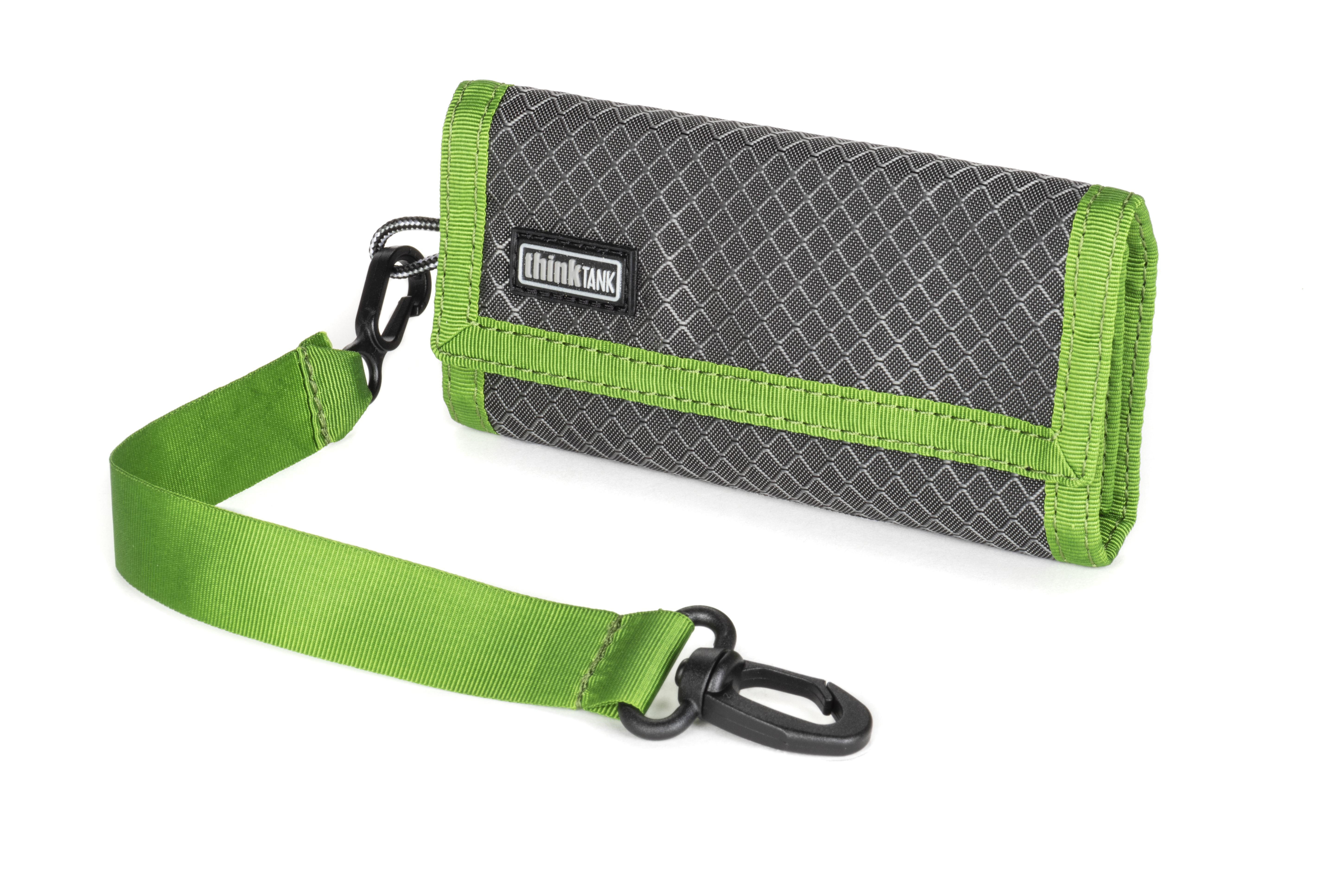
Live by this rule: pack more memory cards than you think you’ll need. This is for two reasons, you never know how much you’re going to shoot and if you have no way of transferring images, there’s nothing worse than missing shots because your cards are full. Secondly, they could get damaged, lost or corrupt and if you’re in the middle of nowhere you can’t exactly pop into a shop or order more from Amazon. There are lots of memory cards to choose from, the file output size of your camera and the speed of its continuous burst mode will determine which one you need. A Sandisk 64GB Extreme Pro will be fine in most cameras unless you're shooting in continuous burst mode using a high-resolution camera such as the Canon EOS R5.
Read more: Best memory cards for your camera
9. Tripod or table top tripod
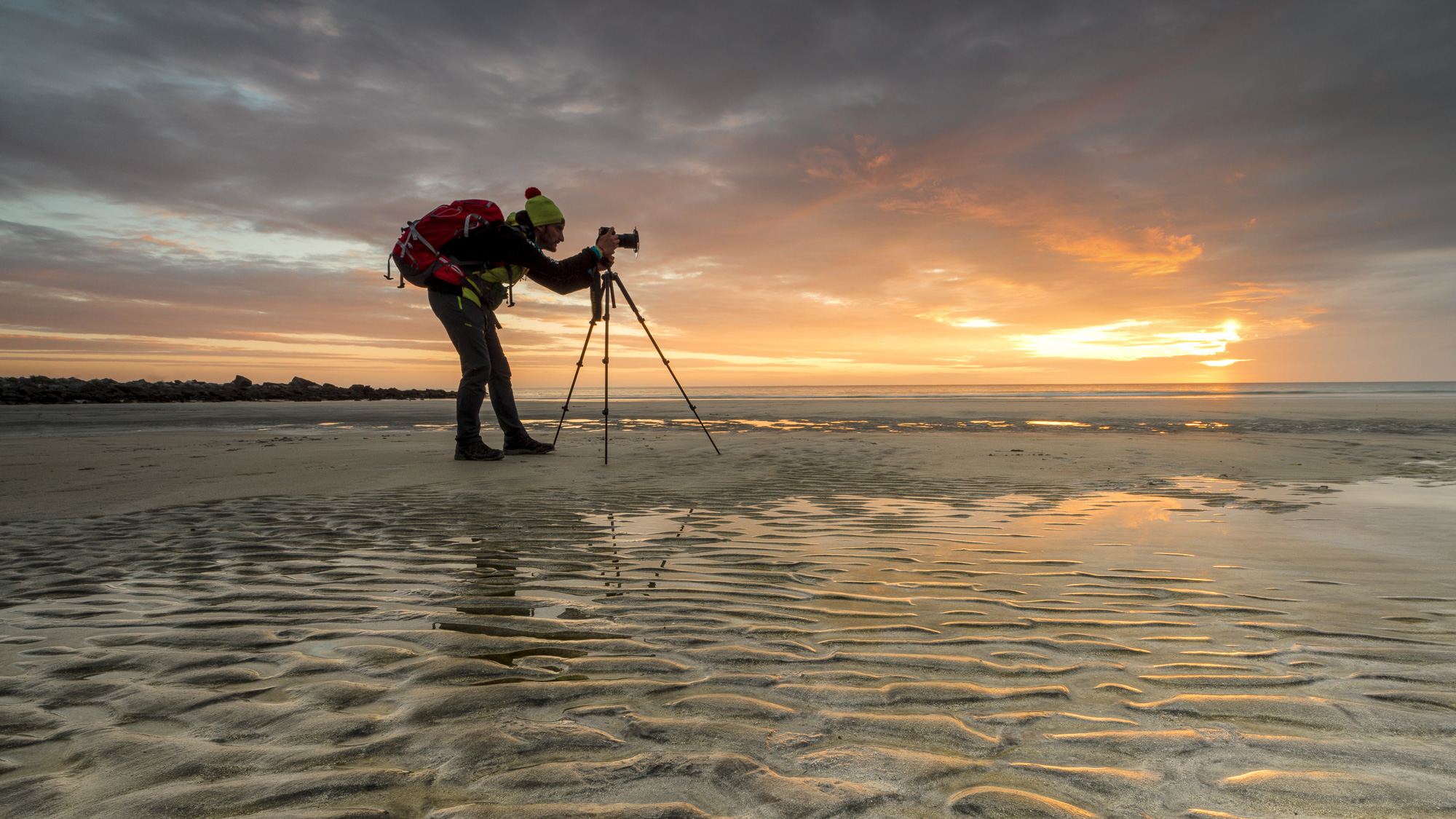
Just in case you ever get the urge to shoot some dreamy seascapes or you end up somewhere where the sky is particularly clear for astrophotography, it's a good idea to have some sort of tripod with you. It doesn't need to be anything fancy – sometimes a table top tripod is ideal as it takes up virtually no room and is really lightweight. A travel tripod might be worth packing if you know you’re going to be doing lots of wildlife photography or long exposures and can attach it to the outside of your bag.
10. An adjustable strap
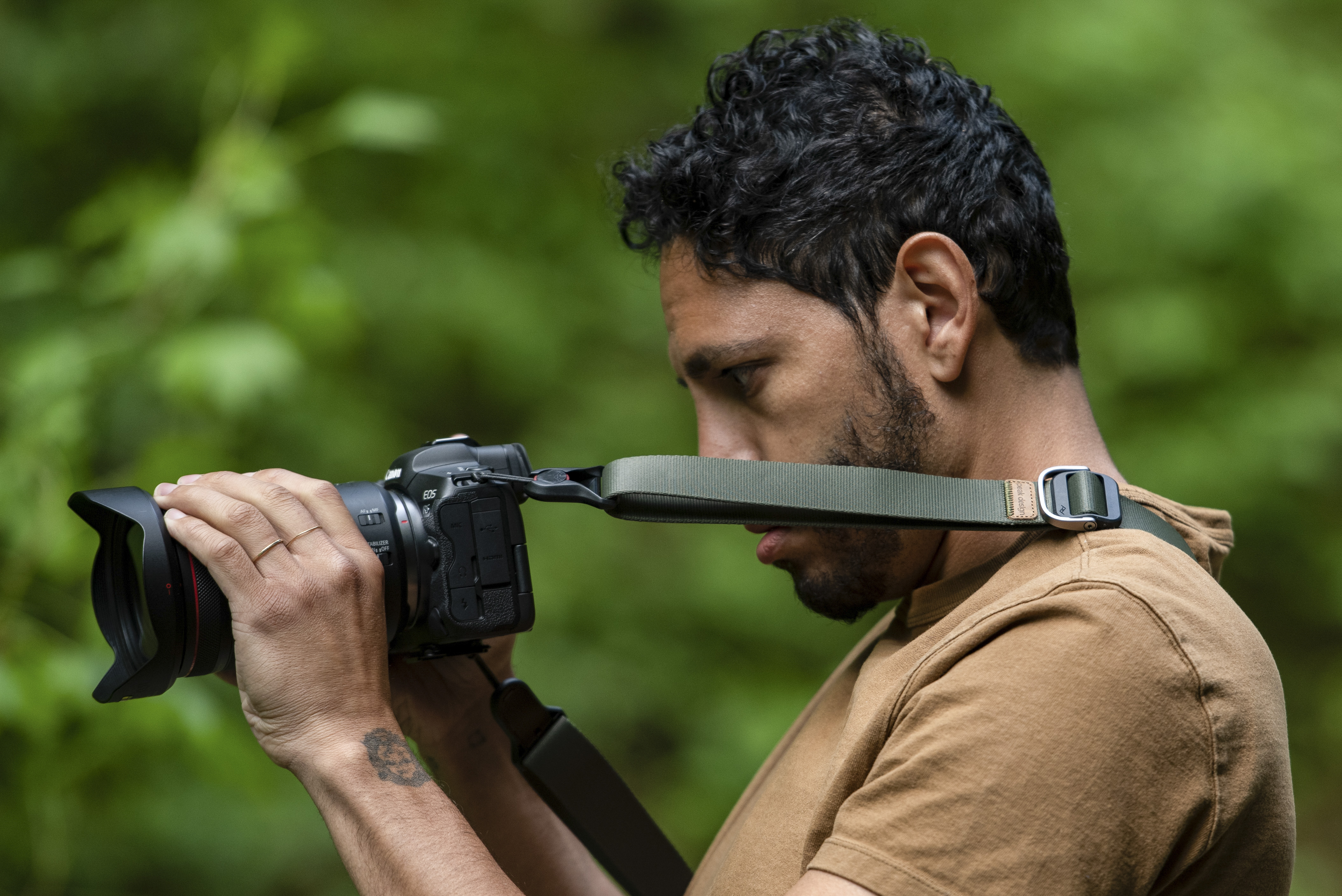
There's nothing more annoying than having to keep taking your camera out of your bag which is why having a strap is so handy. Whether you choose a sling style, a neck strap or a wrist strap, it'll transfer some of the camera's weight to your body and enables you to quickly shoot if you spot a photo opportunity. The type of strap you choose is completely up to you, some of the best camera straps include the Peak Design Slide Lite which looks stylish and is easily adjustable or the Black Rapid Sport Breathe strap for ultimate support and comfort.
Read more:
Best standard zoom lenses
Landscape photography tips
Best mirrorless cameras
50 best camera accessories

Having studied Journalism and Public Relations at the University of the West of England Hannah developed a love for photography through a module on photojournalism. She specializes in Portrait, Fashion and lifestyle photography but has more recently branched out in the world of stylized product photography. Hannah spent three years working at Wex Photo Video as a Senior Sales Assistant, using her experience and knowledge of cameras to help people buy the equipment that is right for them. With eight years experience working with studio lighting, Hannah has run many successful workshops teaching people how to use different lighting setups.
